QNAP QSW-2104-2T-A Performance
In terms of the overall 2.5GbE performance, we were able to get fairly normal 2.5GbE speeds from each of the four ports and decent 10GbE speeds as well.
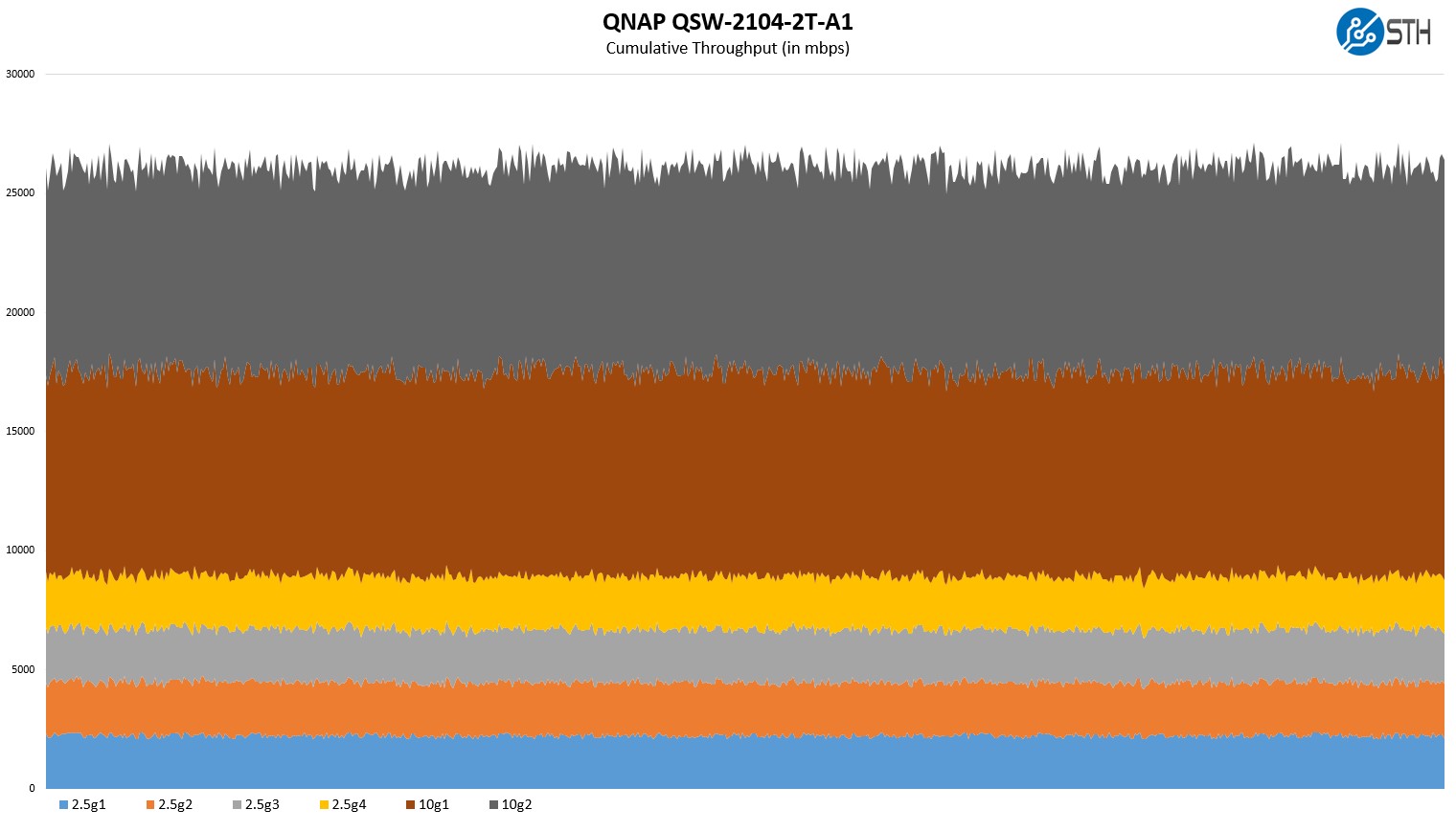
The addition of two 10GbE ports is important since it increases the bandwidth of the switch significantly. We actually got slightly better performance on the SFP+ versus the 10Gbase-T links on this unit comparing QNAP to QNAP. The 2.5GbE ports were about the same. If you want better performance, and the ability to use fiber, the QNAP QSW-2104-2S-A with two SFP+ ports is probably better. If you have 10Gbase-T clients and want something easy, this is fairly close.
QNAP QSW-2104-2T-A PoE and Management Capabilities
Since we are going to be doing this as part of a series, we will note that this is an unmanaged switch.
Also, we did not find PoE capabilities when testing this switch.
QNAP QSW-2104-2T-A Power Consumption
Here is a quick shot of the 12V 1A power adapter. This is the same adapter as many other QNAP switches in this class.
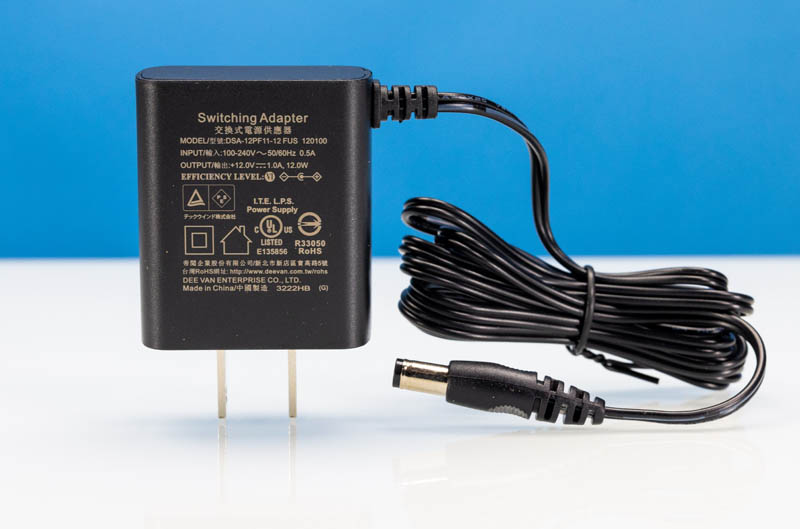
At idle, we saw 4.0W which is very good for this class of switches. It would be good for a 4-port or 5-port 2.5GbE switch alone, but there are also 10GbE ports making this a higher-bandwidth switch.
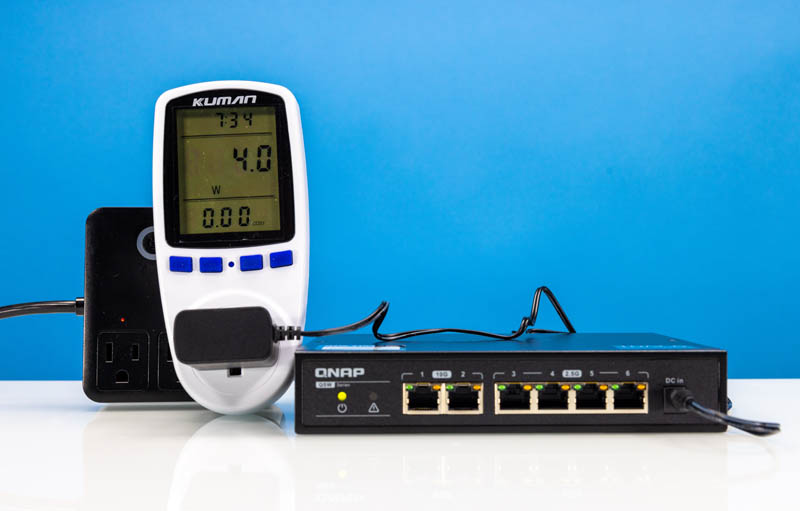
Plugging in a port at 2.5GbE speeds was only 0.4W of additional power consumption. That was similar to the TRENDnet TEG-S762 but with a lower base idle power consumption.
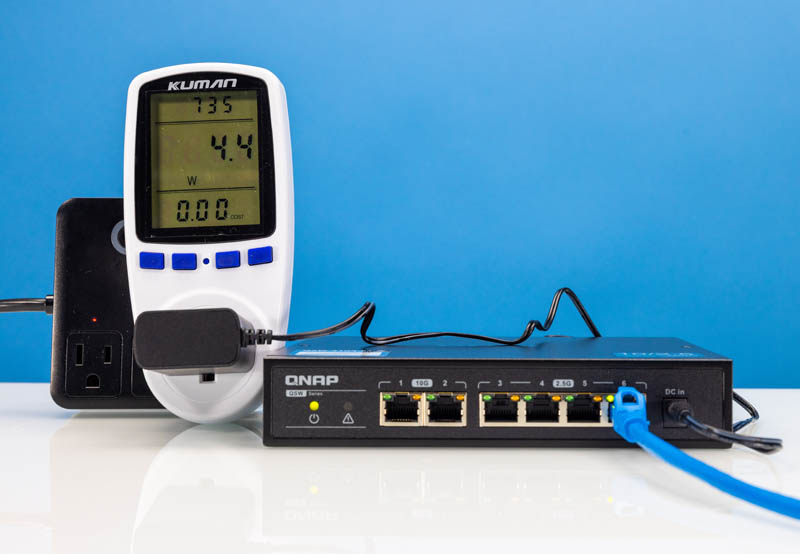
Overall, this was one of the lower-power solutions even without the 10GbE ports so it was very impressive. Although the switches are otherwise virtually identical, this switch used ~0.3-0.4W lower power at each test point than the TRENDnet TEG-S762. It may also just be that QNAP is using a different 12W power adapter for the switch and is getting better power efficiency as a result.
Final Words
At the $149 or so street price, this feels very reasonable. The TRENDnet TEG-S762 that we tested was $40 more expensive and, likely due to the different power adapter, also used slightly more power. Given how similar the internals are, it is hard for us to recommend the TRENDnet over this QNAP.
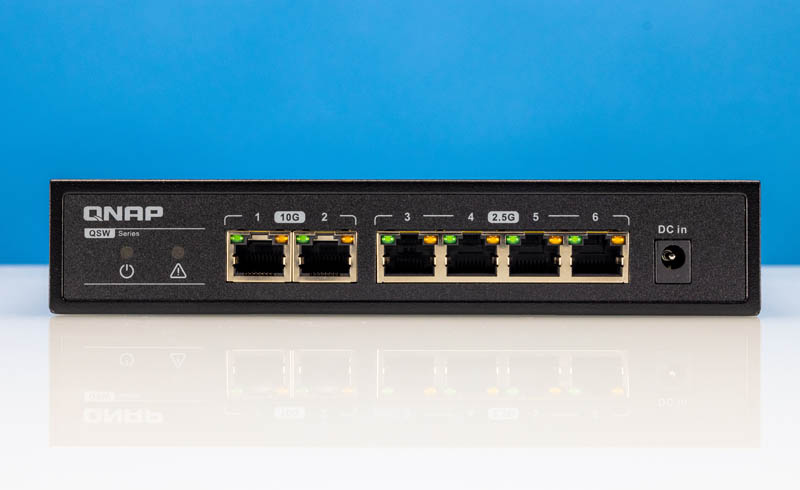
We like having 10GbE uplinks, either 10Gbase-T or SFP+ on these 2.5GbE switches since that makes a lot of sense. If you are looking for a 10Gbase-T capable 2.5GbE switch, this is going to take over our top recommendation spot in our Ultimate Cheap Fanless 2.5GbE Switch Mega Round-Up guide.
Where to Buy
If you want to check the current pricing, here is an Amazon affiliate link. Note, we may earn a small commission if you buy using this link.


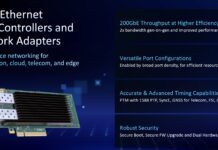
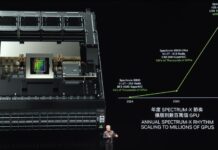
From QNAP’s website the 10GbE ports also support 2.5 & 5GbE for this model, but that is not listed for the QSW-2104-2S model with SFP+. Would it be possible to use a transceiver compatible with multi-gig in the S model’s SFP slots? Or is it truly 1/10Gb only?
Are there any 2.5G switches with PoE?
Is it possible to get the thickness of the unit with/out the feet installed?
Wes,
My experience with trying various copper modules in different SFP+ ports has led to the conclusion that most combinations do not work because the switch tries to pump data at 10Gbps into the module. Aquantia/Marvell has some expensive modules that do fancy things with flow control and some managed switches have settings that throttle down the egress rate at the SFP+ ports.
There is an entire thread in the forums on this topic but you’re really better off buying a switch with multirate RJ45 ports for your use case.
Now if only there were a decent NIC for Macbook Pro supporting 10Gbit on Ethernet without a fan…
@Luca
10GbE over copper (RJ45) runs hotter than SFP+. If you prefer silence (and energy efficiency) I’d recommend going for SFP+ instead, especially if you are just starting out and are able to choose a switch with SFP+ ports. I’m using the QNA-T310G1S which is Thunderbolt 3 to 10 Gbps SFP+ with my 2019 MacBook Pro 16″ and have been very happy with it. It does not have a fan and is therefore completely silent.
@Krishna check the netgear ms108eup
I like what’s coming out there: I have a 10Gbase-T core in my home-lab and then kids with their own gamer PCs and mobile devices spread around the house. The ability to give 10Gbit to both the uplink and the gamer PC is just what I’d be looking for and another set of 2.5 Gbit ports for laptops and WIFI access points is an optimal match, too.
I prefer 10GBase-T all around for ease of cabling, but should I move some of the lab into another floor, perhaps it’s time to consider optical for that link, even if nothing in the house is 50 meters long.
@Luca: I am hesitant to say anything about Apple, but I do believe they have Thunderbolt 3. I use TB3 10Gbase-T NICs from Sabrent for my laptops and NUCs which feel and smell like an ordinary Aquantia/Marvell AQC107 to any PC OS and offer NBase-T for the entire range 1/2.5/5/10 Gbit/s. Completely silent, but they do get warm, not hot, thanks to a rather massive heatsink housing. You don’t want to run these on mobile power…
like many others on Amazon this switch has a propensity to stop working and all wired traffic through it stops.
I do not recommend this product as it’s been failing me several times a week where I have to unplug it from the power and restart every wired PC device connected to it for them to recognize the switch is working again.
I think a reliability update should be done based on the Amazon reviews and the purchase recommendation be revoked or changed to reflect issues users are having.